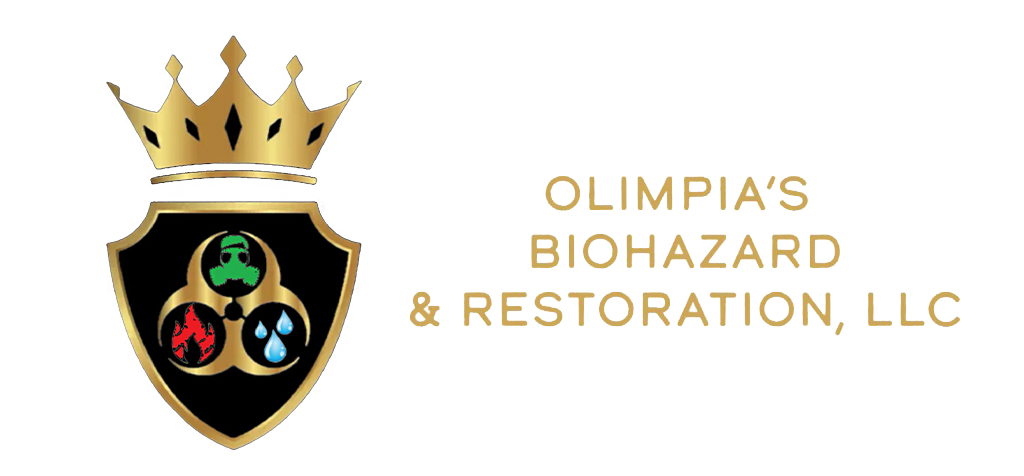Water damage can wreak havoc on multi-story buildings in Portland, posing threats to structural integrity, occupant safety, and property value. Managing such incidents requires a holistic approach that spans prevention, rapid response, and effective recovery strategies. This comprehensive guide explores the nuances of handling water damage in multi-story structures in Portland, offering insights into understanding the impact, proactive measures, and the role of experts like structural engineers and mold remediation specialists. It delves into the complexities of insurance claims, the decision-making process between restoration and replacement, and the importance of long-term resilience through waterproofing. Real-life case studies further illustrate successful water damage recovery efforts, equipping building owners, property managers, and restoration professionals with the knowledge needed to navigate these challenges effectively in the City of Roses.
Portland’s Guide to Mitigating and Managing Water Damage in Multi-Story Buildings
In the picturesque city of Portland, where rains are frequent and buildings soar to multiple stories, Olimpia’s Biohazard & Restoration LLC is here to help you win the battle against water damage takes center stage.


1. Understanding the Impact of Water Damage in Multi-Story Buildings
Water damage in multi-story buildings extends far beyond visible destruction. It can have a profound impact on structural integrity and the well-being of occupants. Structural damage includes weakening foundations, corroding support structures, and compromising electrical systems. Water damage also fosters mold growth, which not only threatens the building’s physical health but also poses health risks to occupants. Recognizing these multifaceted impacts is crucial for building owners and property managers. They must develop comprehensive water damage mitigation and recovery strategies that address both the immediate and long-term consequences.
2. Preventing Water Damage: Proactive Measures for Building Owners
Water damage solution begins with proactive measures by building owners. Regular inspections of roofing, plumbing, and drainage systems are essential to identify and address vulnerabilities before they escalate. Installing moisture detection systems can provide early warnings, while ensuring proper drainage systems and seals can significantly reduce risk. Building management plans that incorporate preventative maintenance schedules create a robust and vigilant approach to minimizing water damage risks. This proactive stance not only saves costs but also enhances the longevity and resilience of the building.
3. Rapid Response: Mitigating Water Damage in Multi-Story Structures
Rapid response to water damage incidents is paramount in minimizing the extent of destruction and recovery costs. Building owners and property managers must establish emergency protocols that include actions like shutting off water sources, containing the damage, and evacuating occupants if necessary. Engaging professional restoration services promptly ensures a thorough and effective cleanup process, preventing further structural damage and related complications. A swift response not only safeguards the building’s structural integrity but also mitigates health and safety risks for occupants. In the process of handling water damage in multi-story buildings, the expertise to recover valuables after water damage can be invaluable, offering reassurance and preserving cherished possessions amidst the restoration efforts.
4. Drying and Dehumidification Techniques for Multi-Story Water Damage
Proper drying and dehumidification techniques are crucial to mitigating water damage in multi-story buildings. Once the source of water intrusion is resolved, restoration teams employ industrial-grade dehumidifiers and air movers. These tools expedite the drying process, preventing mold growth and preserving the structural integrity of the building. Proper drying techniques ensure that affected areas are restored efficiently, reducing the risk of secondary damage.
5. Assessing Structural Integrity: The Role of Engineers in Water Damage Recovery
Water damage can compromise a building’s structural integrity, necessitating evaluation by structural engineers. These experts play a pivotal role in assessing the extent of damage, identifying required repairs, and determining when it is safe for occupants to return. Their involvement ensures that water-damaged buildings are restored to a safe and stable condition, preventing further risks to occupants and the structural integrity of the building. Flood risk assessment for homes plays a vital role in anticipating and preventing potential water damage, a concern that extends to the specialized challenges of handling water damage in multi-story buildings.
6. Mold Remediation: Tackling the Aftermath of Water Damage
Mold growth is a common consequence of water damage and poses significant health risks. Mold remediation efforts encompass comprehensive inspections, containment of affected areas, safe removal and disposal of contaminated materials, and the implementation of preventative measures to reduce the risk of future mold growth. Effective mold remediation is essential for the well-being of occupants and the long-term integrity of the building. It requires a combination of technical expertise, specialized equipment, and stringent protocols.


7. Insurance Claims and Water Damage: Navigating the Process in Portland
Navigating insurance claims for water damage can be a complex process. Building owners and managers must have a deep understanding of their insurance policies, coverage limitations, and deductibles. Properly documenting the extent of damage, tracking expenses, and collaborating closely with insurance adjusters are critical steps in ensuring a smooth claims process. Additionally, being familiar with local regulations and compliance requirements specific to Portland helps streamline the claims process, ultimately leading to a more favorable outcome.
8. Restoration vs. Replacement: Decision-Making for Water-Damaged Building Materials
The decision of whether to restore or replace water-damaged building materials involves several considerations, including the extent of the damage, cost considerations, and the age of the building. Restoration efforts focus on salvaging and repairing damaged materials, while replacement involves the complete removal and replacement of affected components. Building owners often consult with restoration professionals to make informed decisions that balance cost-effectiveness with preserving the building’s structural integrity. These decisions impact not only the recovery process but also the building’s long-term resilience.
9. Ensuring Long-Term Resilience: Waterproofing Strategies for Multi-Story Structures
To prevent future water damage, building owners invest in waterproofing strategies. These measures encompass various aspects, such as routine roof maintenance, sealing exterior walls to prevent water intrusion, and upgrading drainage systems. Implementing effective waterproofing measures enhances a building’s resilience against water intrusion, significantly reducing the risk of future damage. Consulting with waterproofing experts and staying informed about modern waterproofing technologies is essential for long-term protection.
10. Learning from Case Studies: Successful Water Damage Recovery in Portland Buildings
Case studies provide valuable real-life examples of successful water damage recovery efforts in multi-story buildings in Portland. These case studies offer insights into the unique challenges faced, innovative strategies employed, and the outcomes achieved. By analyzing these real-world scenarios, building owners, property managers, and restoration professionals can gain practical knowledge and apply best practices to future projects. These case studies serve as informative and educational tools for improving water damage management in multi-story structures
FAQ:
1. What are the immediate steps to take when water damage is discovered in a multi-story building?
Immediate steps include shutting off the water source, evacuating occupants if necessary, and contacting professional restoration services. Fast response is critical to minimize further damage.
2. How can I prevent water damage in my multi-story building in Portland?
Preventative measures include regular inspections, moisture detection systems, proper drainage maintenance, and sealing vulnerabilities. Proactive maintenance and vigilance are key.
3. Does insurance typically cover water damage in Portland buildings?
Insurance coverage varies, but many policies do cover water damage. Document damage thoroughly, track expenses, and work closely with insurance adjusters to navigate the claims process effectively.
Conclusion:
In conclusion, handling water damage in multi-story buildings in Portland is a multifaceted challenge that demands a proactive and comprehensive approach. Understanding the potential impacts, preventative measures, and rapid response protocols are crucial components of effective water damage management. Swift action, including drying and dehumidification techniques, is essential to mitigate damage and reduce recovery costs. Engaging structural engineers when necessary ensures the building’s safety and stability. Mold remediation and insurance claim navigation are also vital considerations. Furthermore, embracing waterproofing strategies and learning from successful case studies contribute to long-term resilience and informed decision-making. By addressing water damage with expertise and diligence, Portland’s multi-story buildings can weather the storm and stand strong.
